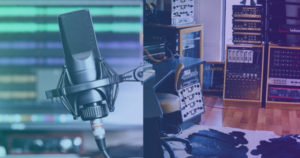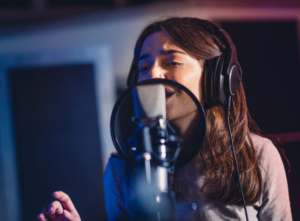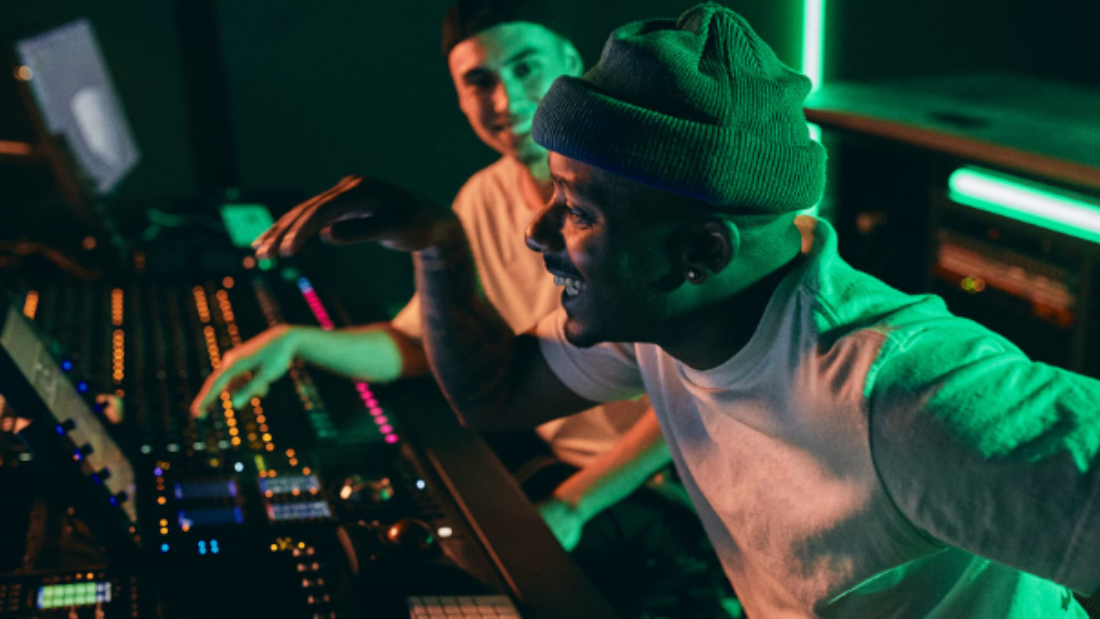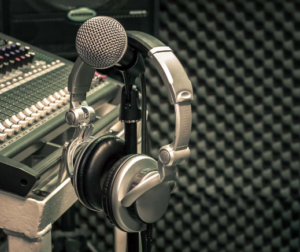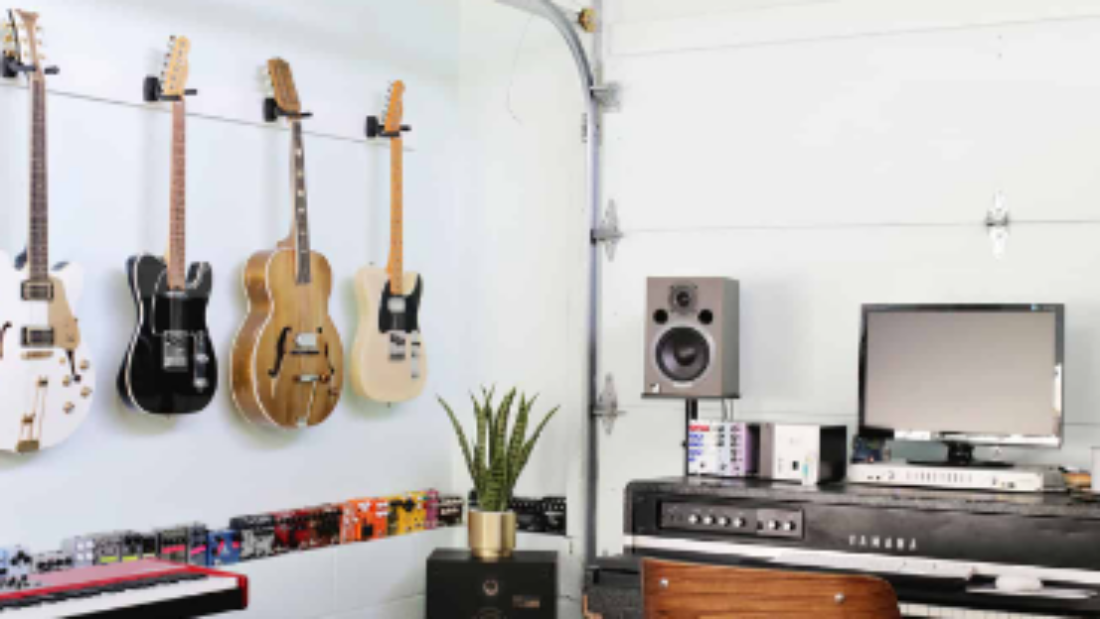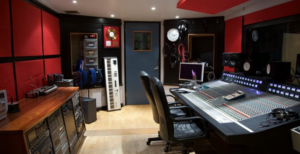In an era dominated by digital technology, a quiet revolution is taking place in the realm of music production. Analogue recording studios once thought to be relics of the past, are experiencing a powerful resurgence. As musicians and producers seek a return to authenticity and character in their sound, the allure of vintage equipment, warm tape saturation, and the unmistakable sound of analogue have once again taken centre stage. In this journey, we delve into the revival of analogue recording studios, exploring how they’re breathing new life into modern music production.

The Analog Resurgence
The revival of analogue recording studios signifies more than a mere trend; it’s a sonic renaissance. Musicians and producers are rediscovering the unique qualities that analogue brings to the music. The warmth, depth, and organic imperfections of analogue recordings stand in stark contrast to the clinical precision of digital counterparts.
Navigating the Digital Sea
While digital technology offers convenience and endless possibilities, it sometimes lacks the depth and character that analogue recordings offer. This discrepancy has led artists to explore analogue studios in pursuit of sonic richness and an emotional connection that only analogue can deliver.
Embracing the Vintage
Vintage Equipment
At the heart of analogue recording studios lies vintage equipment that has weathered the passage of time. Classic microphones, analogue compressors, and tube preamps infuse recordings with warmth and character that digital simulations strive to replicate. The tactile nature of vintage gear fosters a deeper connection between the artist and the creative process.
Capturing the Intangible
Analog recording captures more than just sound; it encapsulates a moment in time. The sonic imperfections and quirks of vintage equipment give recordings a sense of life and authenticity. Musicians and engineers embrace these imperfections as integral components that contribute to the uniqueness of each recording.
The Allure of Tape
Tape’s Sonic Embrace
One of the defining features of analogue studios is the use of tape decks. The magnetic tape imparts a gentle saturation and harmonic richness to recordings that can’t be replicated digitally. The process of recording to tape is tactile and immersive, grounding artists in the art of creation.
The Tape Experience
Recording to tape demands intentionality; it requires artists to focus on capturing their best performances in real-time. This approach fosters a sense of collaboration and dedication, as every take becomes a collective effort to capture the magic of the moment.
From Studio to Sound
Analog’s Impact on Sound
Analogue recording studios have an undeniable impact on the final sound of production. The recordings possess a certain depth and three-dimensionality that digital counterparts often lack. The warm harmonics and gentle compression of analogue recordings contribute to a sonic landscape that’s inviting and emotionally resonant.
An Auditory Escape
Analog studios transport listeners to a sonic world where every note is infused with nostalgia and depth. The experience of listening to analogue recordings is akin to stepping into a time capsule, where the music feels alive and tangible.
The Human Touch
Hands-On Craftsmanship
Analogue recording studios promote hands-on craftsmanship, as artists and engineers work together to shape the sonic vision. The tactile nature of analogue equipment encourages experimentation, allowing artists to sculpt their sound through physical adjustments and creative decisions.
Fostering Collaboration
Analogue studios foster a collaborative spirit, where artists, engineers, and producers work closely together to achieve the desired sound. The interactive nature of analogue gear invites conversations and shared insights, leading to a more dynamic and holistic recording process.
Conclusion
The revival of analogue recording studios exemplifies the harmonious blend of eras in the modern music landscape. While digital technology continues to push boundaries, the allure of analogue remains potent. The vintage equipment, tape decks, and sonic imperfections of analogue studios create a musical experience that transcends time. As artists seek to imbue their music with authenticity, character, and emotional depth, the revival of analogue recording studios stands as a testament to the enduring power of timeless sound.
You might also be interested in:
- What is a Recording Studio?
- The Best Recording Studios in the World.
- Beautiful Top Recording Studios Around the World


